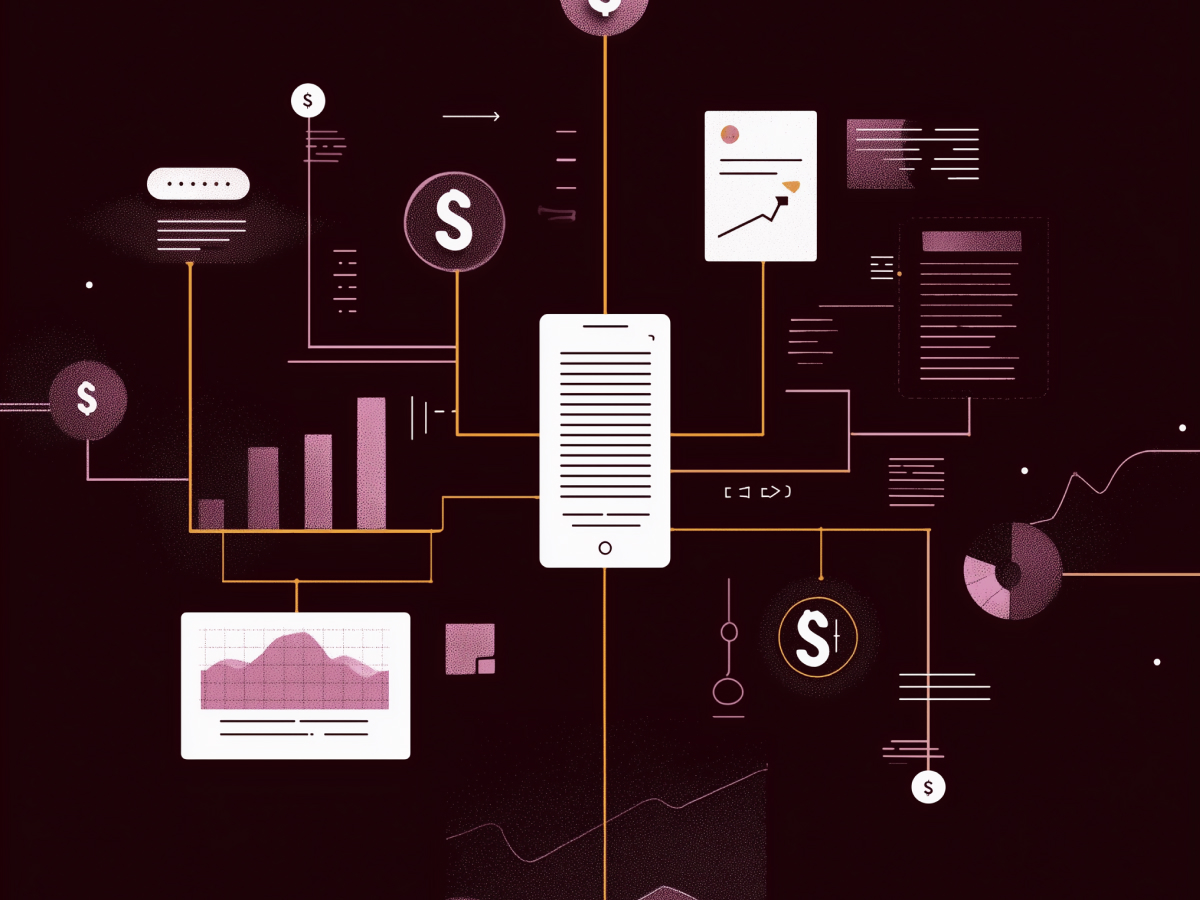Understand the risks of data lock-in with agencies
Data is a core asset for decision-making, yet many businesses unknowingly limit their access and control by entrusting agencies with this resource.
When companies rely on agencies to manage and analyze data, they often grant control without guaranteeing ownership rights, which can lead to data “lock-in.” When agencies retain administrator rights, they prevent clients from accessing full datasets, or even refuse data transfer, effectively trapping businesses with their services.
Without full control, executives risk losing key insights derived from historical analytics, customer behavior, and campaign performance—all of which are must-haves for shaping long-term strategy.
It’s particularly true in today’s competitive market, where timely, data-driven decisions can differentiate industry leaders from laggards. Lock-in situations can lead to major operational costs, missed strategic opportunities, and even compliance risks if data remains inaccessible when agencies are no longer engaged.
As data ownership issues resurface across industries, C-suite leaders need to proactively establish frameworks that prevent agency lock-in and maintain unrestricted data access.
Taking a preventive approach gives companies the power to make strategic choices with agility and independence, making sure data stays a primary asset rather than a vulnerability.
Agency lock-in practices are persistent
Data lock-in by agencies is not new; in fact, it has roots stretching back 25-30 years to the early digital marketing era. Originally, agencies managed client accounts with limited client involvement, embedding proprietary systems that made it challenging for clients to shift away without losing essential data.
Though the industry evolved, many agencies still retain similar practices, making it difficult for businesses to maintain control of their analytics and marketing data.
Modern instances of lock-in arise as agencies cite “proprietary code” or claim data access restrictions due to technical configurations set up “for internal use.”—leading to scenarios where clients are only granted view or partial access, restricting them from making configurations or managing users.
As businesses grow more data-dependent, a renewed focus on data ownership has prompted clients to question these practices and seek long-term solutions to reclaim control.
C-suite leaders benefit from recognizing these trends and building proactive strategies to make sure data stays within their organization’s reach, sidestepping costly transitions or rebuilds when changing agency partners.
Common scenarios of data control issues
Common scenarios include restricted admin access to analytics, locked Google Tag Manager (GTM) accounts, proprietary claims on visualization tools, and master account setups for marketing campaigns.
Each of these lock-in instances limits a company’s access to its own performance data, curbing its ability to switch providers or manage campaigns independently. The impact on businesses can be severe, particularly when agencies are unwilling to release data access.
Awareness of these potential scenarios lets executives implement preventive measures and, where possible, negotiate terms to avoid data lock-in from the outset.
1. Analytics data ownership challenges
Analytics data, foundational to informed decision-making, is frequently controlled by agencies that restrict clients’ access. In many cases, clients find that they only possess “view” rights without administrative permissions, meaning they cannot manage configurations, integrate new tools, or control user access.
When clients attempt to transition to a new agency, they often discover that the existing agency has reserved admin rights under the guise of protecting “proprietary code” or system setups.
2. Google tag manager access limitations
Losing control over Google Tag Manager (GTM) accounts is another common issue when businesses rely on agencies. Many clients only realize their GTM access is limited after an agency relationship ends, resulting in immediate tracking and data reporting gaps.
GTM is vital to website and app tracking, and without proper access, clients aren’t able to update or maintain tracking configurations key to their analytics goals.
3. Data visualization and reporting ownership
Data visualizations and reporting tools are must-haves for communicating insights to stakeholders, yet many agencies retain proprietary rights over these assets.
Businesses typically face recurring fees for access to dashboards and reports, fees that can escalate over time. Agencies sometimes justify this as the cost of maintaining proprietary coding or API integrations, leaving clients with expensive options if they want to reclaim ownership.
4. Marketing data and campaign management limitations
Agencies frequently run campaigns under master accounts, effectively limiting client ownership of campaign performance data. Without historical data, businesses lose insights into what worked and what didn’t, potentially repeating mistakes and incurring unnecessary costs.
“Setting up independent ad accounts under the business’s control is one key way to secure access.”
For instance, having a Google Ads account in the client’s name lets businesses retain all campaign data, even when transitioning agencies or bringing campaign management in-house. Companies then have continuous visibility into campaign metrics, protecting their investments in advertising strategies.
Best practices for preventing data lock-in
Securing data ownership begins with clear, proactive measures. Businesses should prioritize contract clauses, independent account setups, and regular access verification to prevent lock-in scenarios and maintain full control over their data assets.
Implementing these strategies strengthens data security, supports seamless agency transitions, and aligns data access with long-term business objectives.
Establish data ownership through contracts
Contracts should specify that any data generated, including analytics, visualizations, and campaign data, remains the property of the client.
Effective language can include terms such as “all data and configurations created under this agreement are owned by [Client Name].”—improving transparency and providing a legal foundation for data ownership, reducing potential conflicts when a relationship with an agency ends.
Set up independent administrative accounts
Using independent, internal administrative accounts rather than relying on agency-managed accounts is a straightforward way to secure data access. Setting up these accounts with a generic in-house email (such as [email protected]) centralizes control. It’s a stable access point that remains with the company, even when individual personnel leave.
1. Implement secure and accessible account credentials
To further reinforce access continuity, companies should keep documented login details for each tool, with credentials accessible to multiple team members (such as IT) to prevent lockouts.
Setting up an account that forwards login-related communications to designated employees reduces the risk of missing critical updates or being locked out of an account.
2. Verify access to analytics and marketing tools
Regularly checking administrative rights across analytics, GTM, and ad accounts ensures continued access and control.
A practical verification checklist includes confirming full admin rights, reviewing user permissions, and ensuring GTM containers are listed under the correct account. Unexpected access issues are thus protected against, making sure execs know that their data is still within the company’s control.
Final thoughts
Who really controls the data that drives your decisions? Take the steps now to make sure you have full access and ownership of your data—because in the competitive market ahead, control over your insights could be the edge that sets your brand apart.




